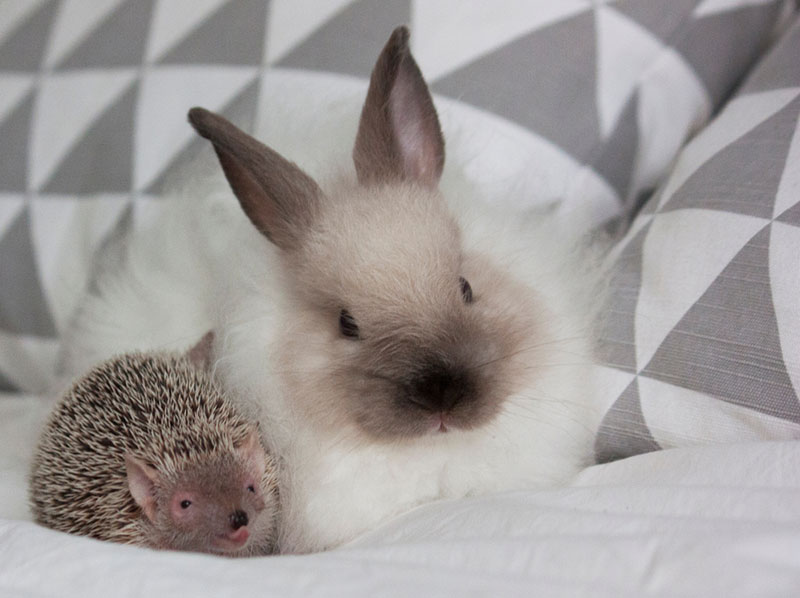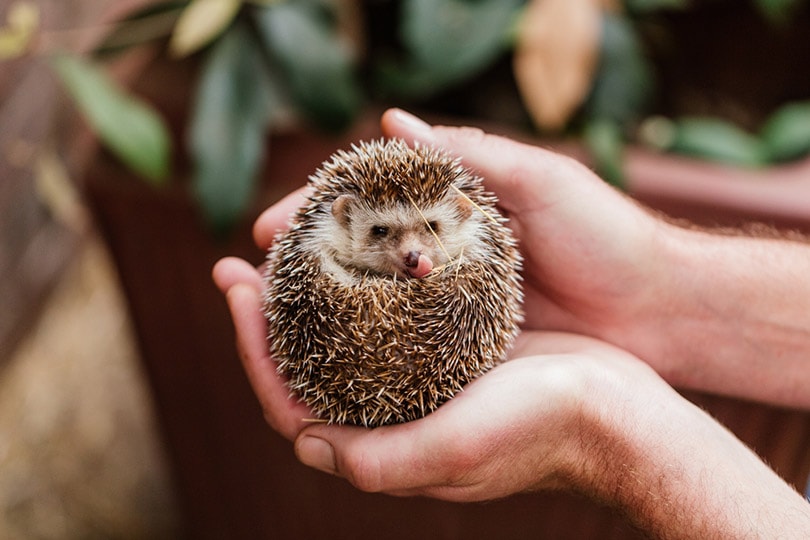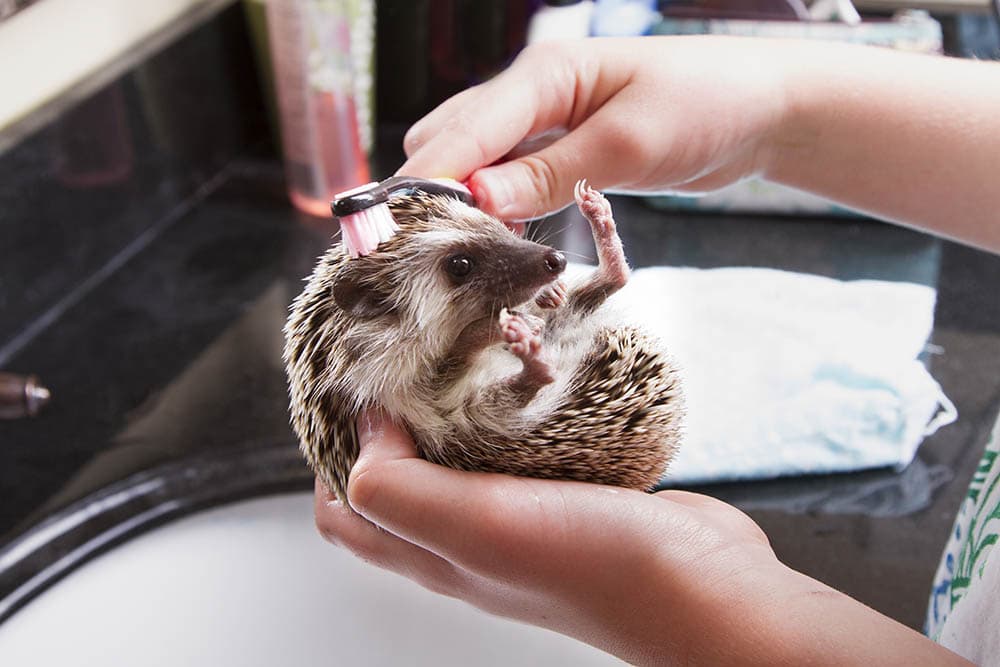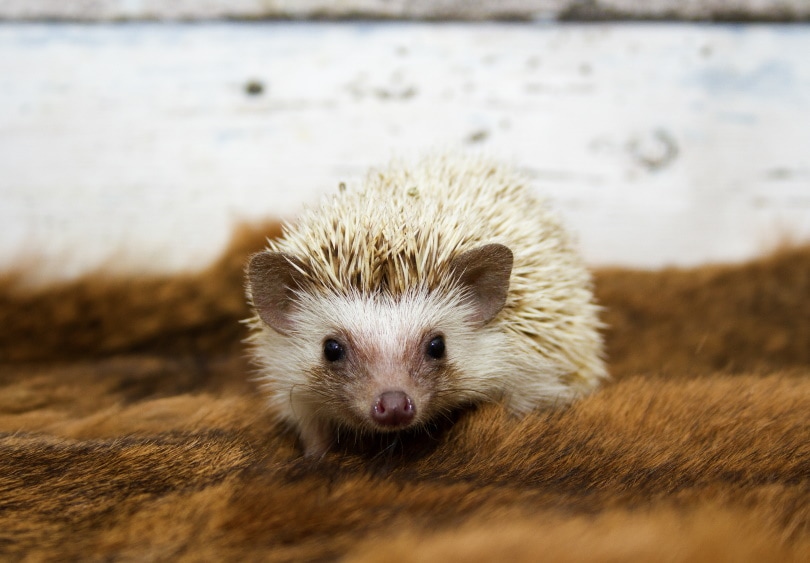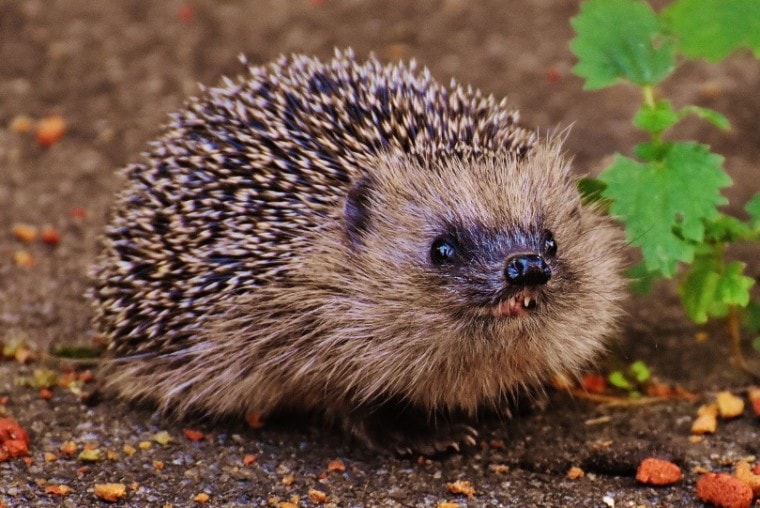
Hedgehogs are small spiny animals that you can find in Europe, Asia, and Africa. It rolls into a small ball when it’s in danger and has become a popular pet in many areas of the world, including the United States.
However, due to its popularity in media like video games and television, many myths and misconceptions have formed around this peaceful animal, so we would like to set the record straight.
We are going to list all of the common things most people get wrong to help you get a clear picture of what the hedgehog really is and how it behaves to help you make an informed decision about if it’s right for your home.
The 7 Myths & Misconceptions About Hedgehogs
1. Myth: The Hedgehog Is Related to the Porcupine
Fact: Many people believe that since the porcupine and the Hedgehog are covered with spines, they are distant relatives. However, despite the superficial similarities, these animals are quite different and are not related in any way. Hedgehogs have short quills that do not come out of the body, while the porcupine quill is much longer, has a barb at the end and comes out ready from the body to remain embedded in a predator.
Porcupines also have many more quills than a hedgehog, with some estimates reaching 30,000 against the hedgehogs relatively few 5,000. Hedgehogs use their quills as defensive protection, while porcupines will often go on the offense when they feel threatened.

2. Myth: Hedgehogs Carry Disease
Fact: We don’t know why these animals have gotten the reputation for being disease carriers, but it is unfounded. These animals are omnivores that eat a varied diet of leaves, berries, insects, and more, often under the cover of a low-lying bush or hedge. They don’t linger around garbage, deal with carrion, or fight with other animals, all of which are the primary ways animals can acquire and spread disease. Hedgehogs are clean animals that are no more at risk of spreading disease than any other indoor pet.
3. Myth: You Can Release Pet Hedgehogs Into the Wild
Fact: We don’t recommend releasing a hedgehog or any other animal you’ve kept as a pet into the wild. Staying with you even a short time will diminish the hedgehog’s ability to care for itself in the wild, as it will depend on your food and shelter. If you live in the United States, where the hedgehog is not native, releasing it into the wild can create an invasive species that displaces other animals that depend on the food the hedgehog will eat. Once they get a foothold, they are challenging to eliminate. If the hedgehog does not get a foothold, it can suffer from a long and painful demise as it freezes or starves to death in unfamiliar territory.
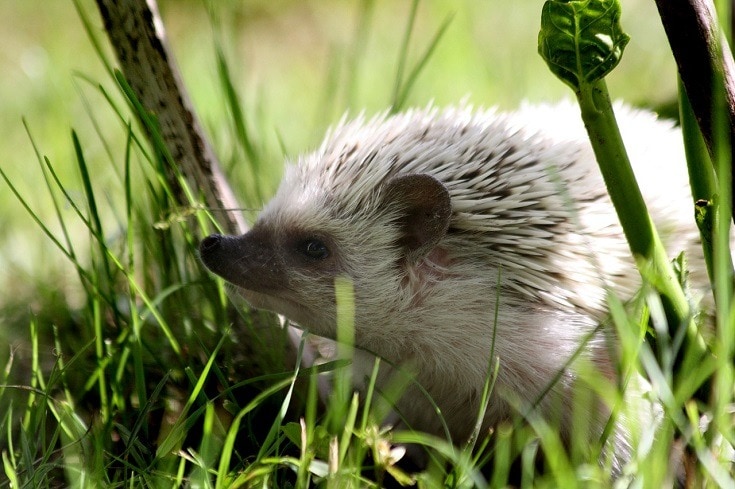
4. Myth: Breeding Hedgehogs Is Easy
Fact: Hedgehogs are rare, especially in the United States, so there are few breeders with much experience captive breeding hedgehogs. Not getting the proper training can lead to a medical emergency for both the mom and baby. Without the skills to breed successfully, you will have a difficult time making a profit.
5. Myth: Hedgehogs Like Bread and Milk
Fact: Bread and milk are popular foods to give pets when you aren’t sure what they eat, and many people mistakenly believe that the hedgehog enjoys these foods. While it may eat them when it’s hungry, most bread contains too many processed ingredients to be healthy for your pet, and hedgehogs are lactose intolerant and will not be able to digest the milk properly.
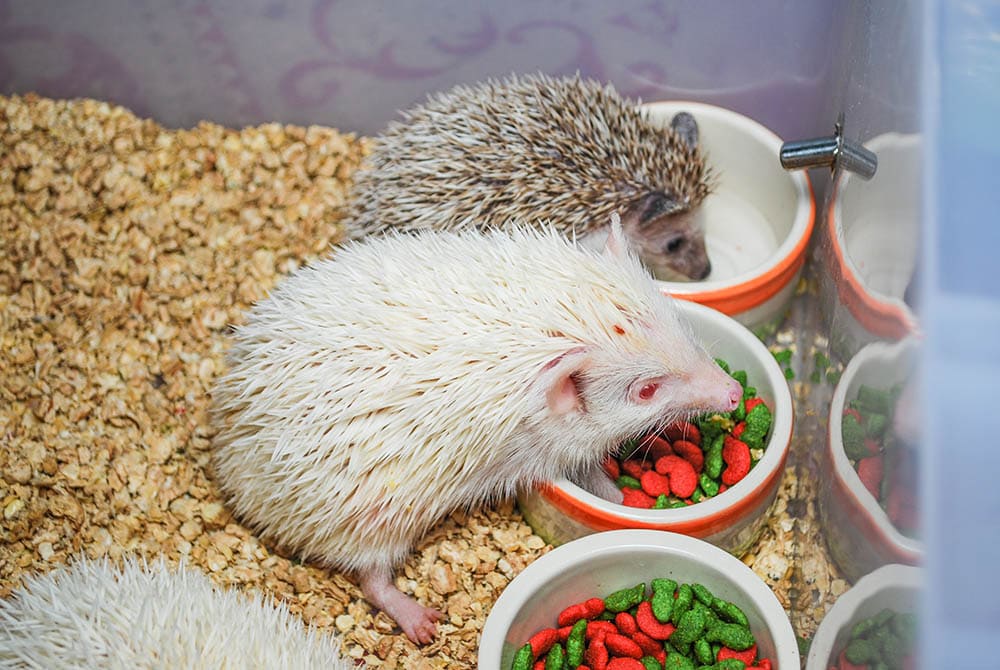
6. Myth: Hedgehogs Transit Fleas
Fact: This myth is similar to the spreading disease myth, suggesting these animals are dirty when nothing could be further from the truth. While hedgehogs do occasionally get fleas, the species that plagues them is not the same one that bothers our cats and dogs, and even if one hedgehog fleas get on your other pets, they will quickly jump off or die.
7. Myth: Hedgehogs Move Quickly
Fact: In video games, the hedgehog rolls into a ball to move quickly by rolling on the surface. In reality, the hedgehog only rolls into a ball to protect itself from predators. While it can hustle if it’s in danger, these animals are nowhere near as fast as the video game portrays. They usually spend much of their day moving slowly while looking for food under the safety of low-lying brush and vegetation.
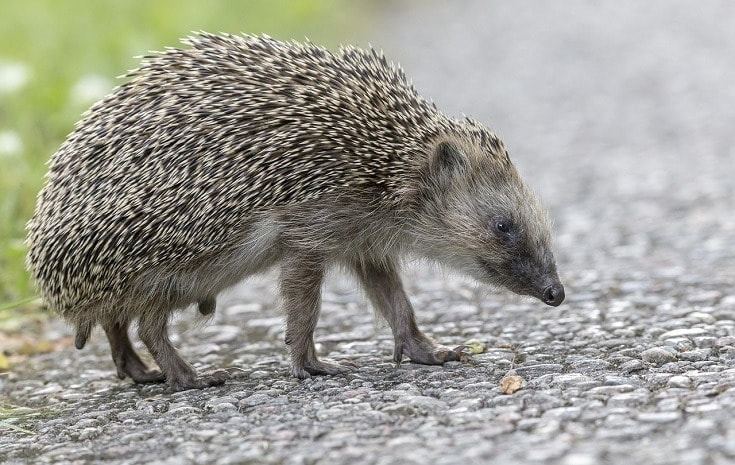
In Summary
As you can see, there are several misconceptions about the hedgehog, and most of them are the result of them being so rare, so there aren’t many people to refute the incorrect information. These animals are clean and can make wonderful pets if you raise them properly. They are illegal in some states like Pennsylvania, so you will need to check with your local authorities before you spend any money. If you can’t care for it, try to rehome it or take it to a local animal shelter instead of releasing it into the wild, where it can do environmental damage.
We hope you have enjoyed reading over this list and discovered some new facts. If we have convinced you to look into purchasing one of these pets, please share this list of the biggest hedgehog myths and misconceptions with friends and family.
Related Reads:
Featured Image Credit: Piqsels

